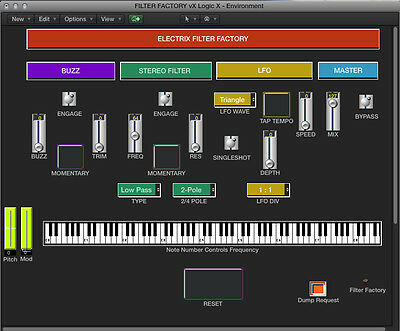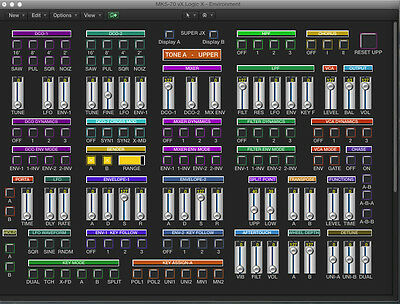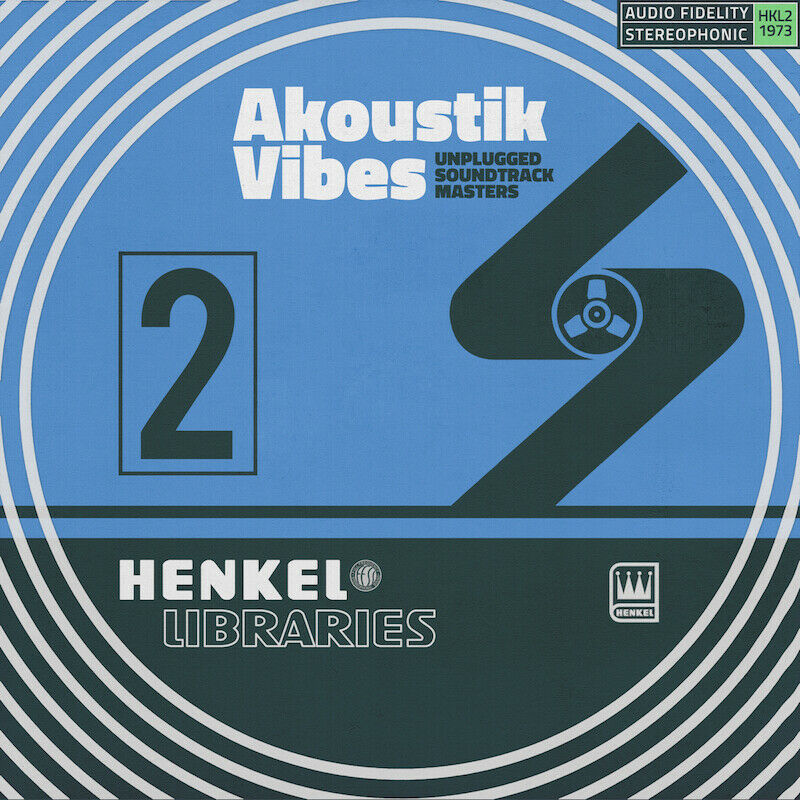-40%
Arturia Wurli V
$ 78.67
- Description
- Size Guide
Description
Modeled Wurlitzer 200A Electric Piano with11 classic stompboxs, 4 guitar tube amps and rotary speaker emulator
Please note this is available via ELECTRONIC DOWNLOAD only, your download code will be sent to you in 30 minutes or less during normal business hours. There are NO returns on this product.
Please note this is available via ELECTRONIC DOWNLOAD only, your download code will be emailed to you in 30 minutes or less. There are NO returns on this product.
THE RETURN OF A CLASSIC
Wurlitzer-V is Arturia’s amazingly accurate physical model of the classic Wurlitzer 200A electric piano.
The Wurli 200A piano had a sound that could go from mellow and soft to hard and brash. This harder sound is what made it so popular in rock music as it could cut through a mix like a knife.
A soulful reproduction
Using advanced physical modeling we recreated this complex and dynamic sound.
The output can then be processed and shaped through a host of modeled guitar effects pedals. On the output we give you options like a guitar amp a Leslie rotating speaker or direct for making a vast array of sounds.
Your new best friend
When it comes to a great rock or R&B electric piano, nothing beats the percussive and cutting sound of the Wurli er you are playing electric rock backing tracks or psycodelic space trance, you will find the right sound for your song.
So logical
Since we used physical modeling and not static samples to create the sound, we opened up parts of the modeling engine that allows you to have in-depth control of how the instrument behaves. You can change things like hammer hardness or the harmonic spectrum or the dynamic these add to the possibilities of this amazing instrument.
Physical modeling engine
Physical modeling is a synthesis method in which the waveforms are calculated by a set of equations that were developed by careful analysis of a physical sound source. We modeled all components of the Wurlitzer piano in great detail, analyzing not only the reeds and hammers but also the mechanism and action, including the internal amplification system and acoustic properties of the plastic body.
Wurli V carefully emulates the physics of the “bag of shot” piano action in the 200A as pictured below, with the hammers striking the flat reeds at around their center point, causing the reed to vibrate and be converted into electric energy by electrostatic pickups.
The result of physical modeling allows notes to actually be played (“constructed” in real-time, like on a real Wurlitzer). The sound is alive, not static: it’s not simply a recording, but a genuine instrument that responds to the player´s interpretation. Moreover, it is easy on the computer’s CPU, it does not require storing a huge collection of samples, and it avoids the nightmare of tuning each reed.
Maximum sonic flexibility
Wurli V allows the musician to interact with the sound by placing the main sound-shaping controls right on the front panel.
These parameters are capable of in-depth sonic alterations, so you can tailor-make the exact sound you want. These same controls were used in constructing the presets, and they allow Wurli V to do far more than recreate the legendary Wurlitzer sound; they also pave the way for very creative sound design experiments.
The physical model of Wurli V provides easy control over a wide range of parameters, some of which would have taken a technician hours to adjust.
Graphic Equalizer
The 10-band graphic equalizer gives you control over the basic sound spectrum of Wurli V.
Vibrato Rate
Sets the speed of the vibrato.
Impedance
Sets the mechanical impedance of the tines: the greater the impedance, the longer the sound becomes.
Hammer Hardness
You can adjust the hardness of the hammers. The harder the felt, the more brilliant the sound becomes.
Damper Position
When a note is released, each overtone decays more or less rapidly depending on the damper position. It is particularly noticeable in the bass notes when using partial pedals (and also with keyboards sending variable key release velocity).
Pickup Distance
Sets the distance between the tone source and the pickup. When the pickup is moved closer to the tone source, the sound becomes more distorted and the range of timbres increases between soft and loud volumes.
Dynamics
Controls the dynamic range between pianissimo and fortissimo. Thanks to the fact that the effect is applied each time a note is calculated, the dynamics feature can be seen as the perfect compressor as it allows you to adjust the dynamics without any distortion.
Octave Stretch
Octave stretch allows you to simulate a stretch tuning. It can go from subtle to extreme.
Pickup Axis
In the real Wurlitzer, the pickup is not exactly in front of the tone source at rest. When it is exactly in front, due to the symmetry of the device, the note jumps one octave higher than the normal tone. Turning the pickup Axis knob clockwise makes the pickup move from an unsymmetrical position to a symmetrical position, thus providing a wide range of timbres.
Hammer Noise
You can adjust the hammer noise, i.e., the weight of the hammer percussion sound. A loud hammer noise increases the perception that you are sitting closer to the piano (the proximity effect).
Sustain Pedal Noise
On a Wurlitzer you can hear the mechanical action of the sustain pedal. You can set how loud or soft you want this mechanical noise to sound.
Note Off Noise
Sets the level of key release noise.
A complete studio environment
Boutique effects and guitar tube amps were the key to the alchemy of the Wurlitzer sound back in the ‘70s. Wurli V reintroduces a modeled studio environment for the modern era that includes the very same amps, microphones and effects.
Vintage amplification
Wurli V lets you choose between 3 output modes: Studio, Stage and Rotary.
Boutique FX galore
Wurli V integrates a collection of 11 vintage stompboxes modeled after the most sought-after effects: overdrive, analog phaser, wah-wah pedal, auto-wah, analog flanger, compressor, chorus, vocal filter, analog delay, pitch shift-chorus and reverb.
If you are looking for an authentic electric piano, able to take you anywhere from classic mellow sounds to psychedelic heights, Wurli V is the perfect instrument.
Features
Physical Modeling of the classic Wurlitzer 200A Electric Piano
Advanced parameters to allow in-depth control over your sound design
Includes 11 classic stompbox-type modeled effects*
4 Guitar Tube Amps and 1 Rotary Speaker modeling for vintage live sound **
Extensive MIDI mapping of pedals, effects and sound engine parameters









